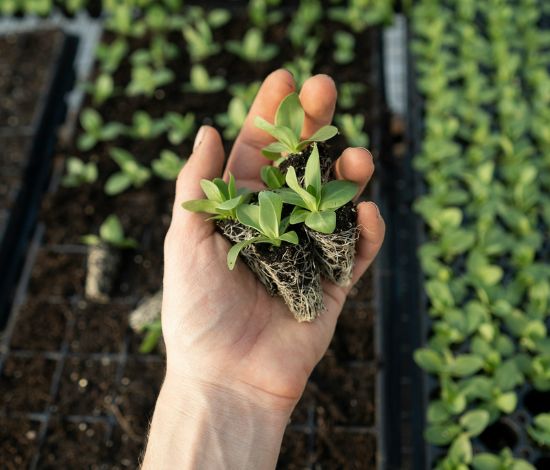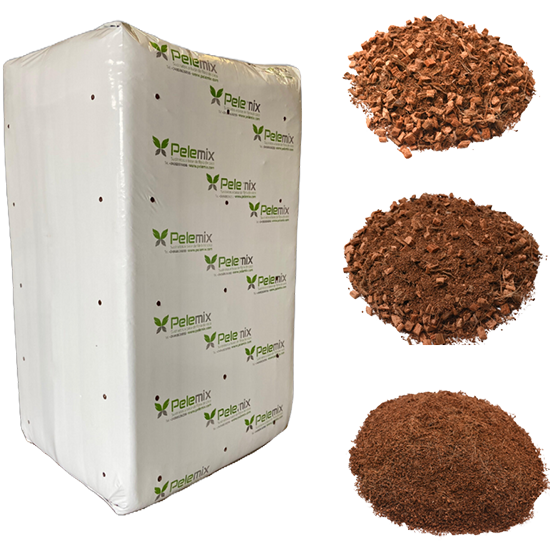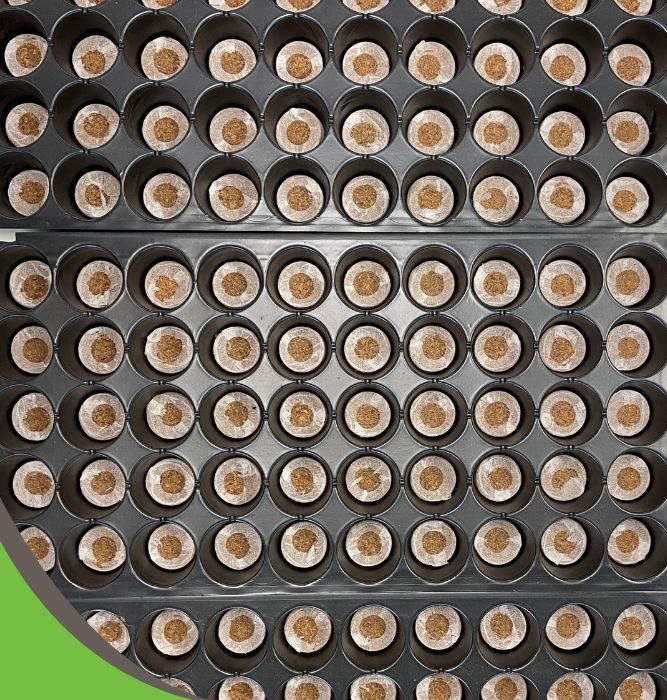Pelemix coco coir substrates are expertly crafted to enhance root development and seedling success.
By maintaining an ideal air-to-water ratio and providing a sterile, pathogen-free environment, our coir ensures that your seedlings get the strong start they need for vigorous growth.


Pelemix coir ensures optimal moisture management, reducing damping-off and promoting healthy root development, key factors in successful propagation.
Prevent over-saturation and desiccation of young roots.
Promote oxygen availability to seedling roots.
Minimize the risk of fungal infections.
Ensure consistent seedling emergence and development.

Trust Pelemix for the best start in your propagation process, ensuring vigorous and uniform seedling growth.